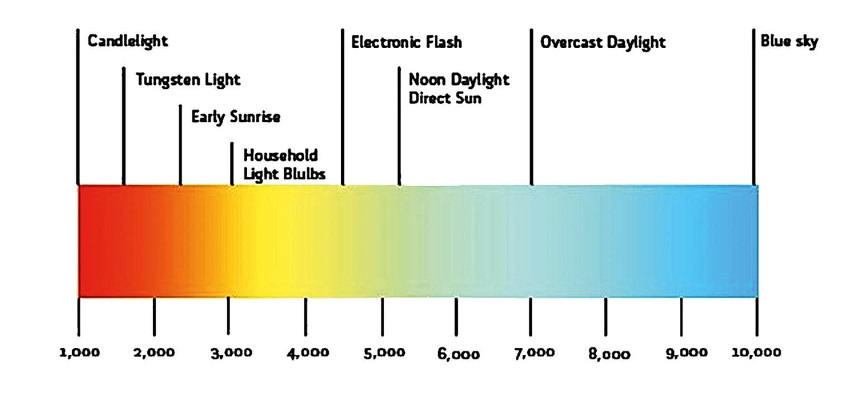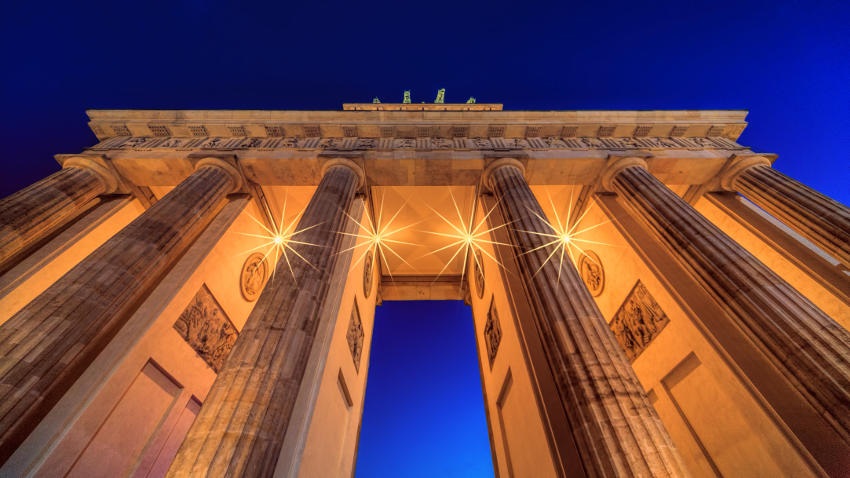What is the Golden Hour, and how do you capitalize on it?
The art of photography depends on several variables - many of these can be controlled by the photographer, some cannot - like natural light, its intensity, its colour, and its overall ambience - these are secrets, and we can help you master them.

A short look at history
The etymology of the word photograph is rooted in the Greek words fotos (light) and graph (drawing) - literally drawing with light. While the literal translation is apt, it is also accurate and descriptive.
The act of taking a photo, in practice, is drawing with light, and shooting with film or digitally doesn't make a difference. You will always have to work with the light mother nature delivers when trying to capture what your eye beholds.
On the one hand, you need a minimum amount of light to capture the subject accurately; on the other hand (especially in colour photography), it is essential to manipulate the colour of the light. One aspect that affects the overall exposure of the shot is the white balance - i.e. telling the camera what the colour temperature of the given light is, thereby balancing the image and omitting unwanted colour tinge.
Chromaticity temperatures
The principles of white balance state that chromaticity temperature is measured in degrees Kelvin and each light emits a different temperature. The lower the chromaticity temperature, the warmer the light - e.g., warm lights emit yellows, oranges, and reds, while higher chromaticity appears in whites and blues.

By selecting the appropriate type of lighting, we can influence the overall atmosphere of a given photograph and thus the viewer's perception of the image.

The sun's position, relative to the photographer, determines varying colours of natural light - i.e., as the sun goes up or down in the sky, so changes the colour of the light it emits. Hence, waiting for suitable light before snapping the shot can be time-consuming and tedious; often a photographer will wait for days until the perfect lighting manifests itself for the perfect photo.
What light is right?
There is no such thing as "the right lighting," just as there is no ideal shutter speed or perfect lens aperture. The photographer's goal depends on the subject and the impression the photographer wants to convey to the viewer. Therefore we can safely say that every situation demands its own special circumstances.
People who shoot portraits or want to capture mood lighting with subtle shades and warm colours aspire to shoot their subjects during, what artists have termed, the golden hour.

Principally, there is a "golden hour" and a "blue hour" twice daily, each delivering specific terms of the colour of light. The golden hour occurs approximately one hour after sunrise and one hour before sunset, while the blue hour is one hour before sunrise and one hour after sunset.
The golden hour typically delivers warmer light with long, delicate shadows, due to the sun's low position over the horizon. And as mentioned before, it is the ideal light for portraits, glamour, macro or family photography.

The blue hour occurs when the sun is below the horizon but still casts light over the sky delivering an illuminating effect. This moment is ideal for taking landscape photography and night shots - the light difference between the sky and the buildings is not as abrupt as it is in total darkness, and the resulting photos are very emotional.
How to find the golden hour?
We can infer that the golden and blue hours occur at different times in the northern and southern hemispheres, as well, these time frames will change depending on the season, and upon the summer and winter solstices.
While we do have a reference point for figuring out the golden or blue hours, it is not "exact." There are several variables for calculating these precious moments, and we suggest using Golden Hour app for smartphones or tablets (iOS platform only).

For a more advanced Android platform, we recommend the proven ExSate Golden Hour, which is free of charge, with all the information you need, plus monthly and midnight information. There is also a map view showing the Sun's trajectory. For Windows Mobile users, we can recommend Magic hours.
Whatever you choose, you can eliminate the guess-work and find the golden hour every time, and take pictures exactly as you want.
Petr Březina is a longtime editor of several magazines and blogs dealing with digital photography and audio engineering. In addition to writing, he also teaches photographic courses and specially-focused workshops for beginners. In photography, he uses a classic approach with minimal adjustments - his favourite theme is portraits and reportage.
